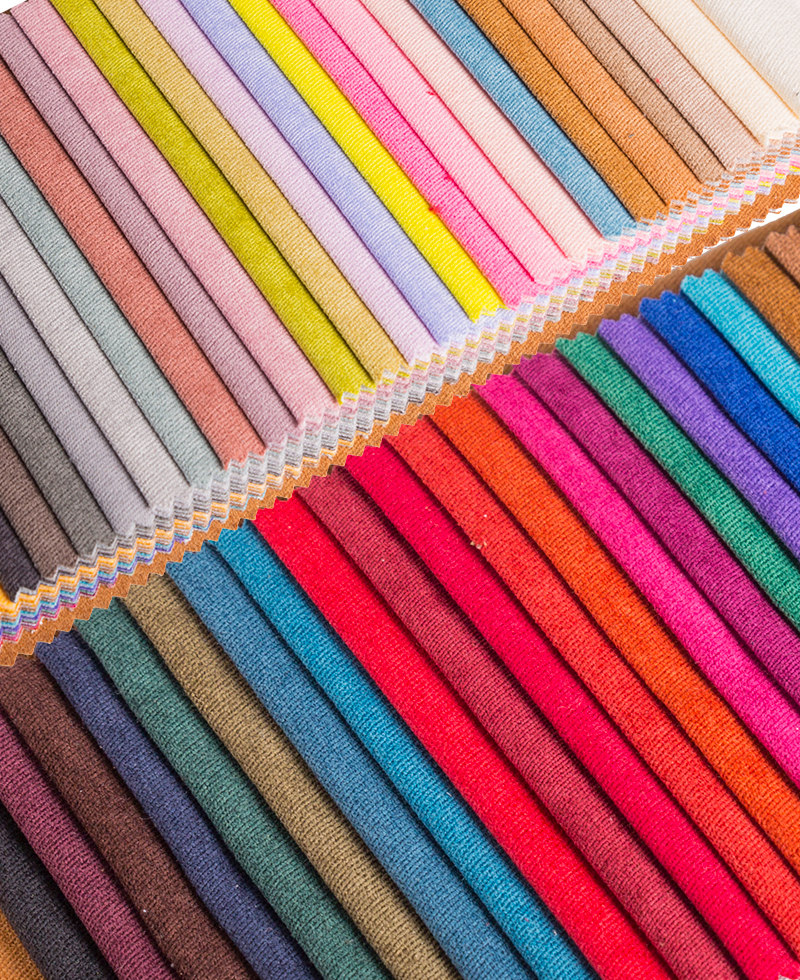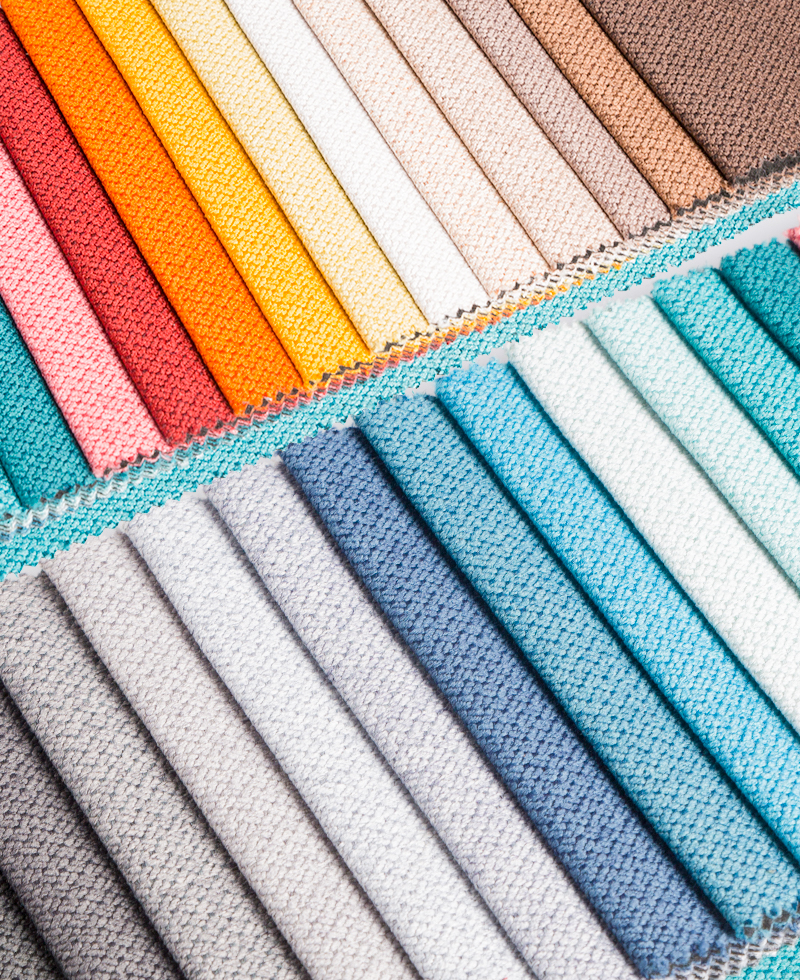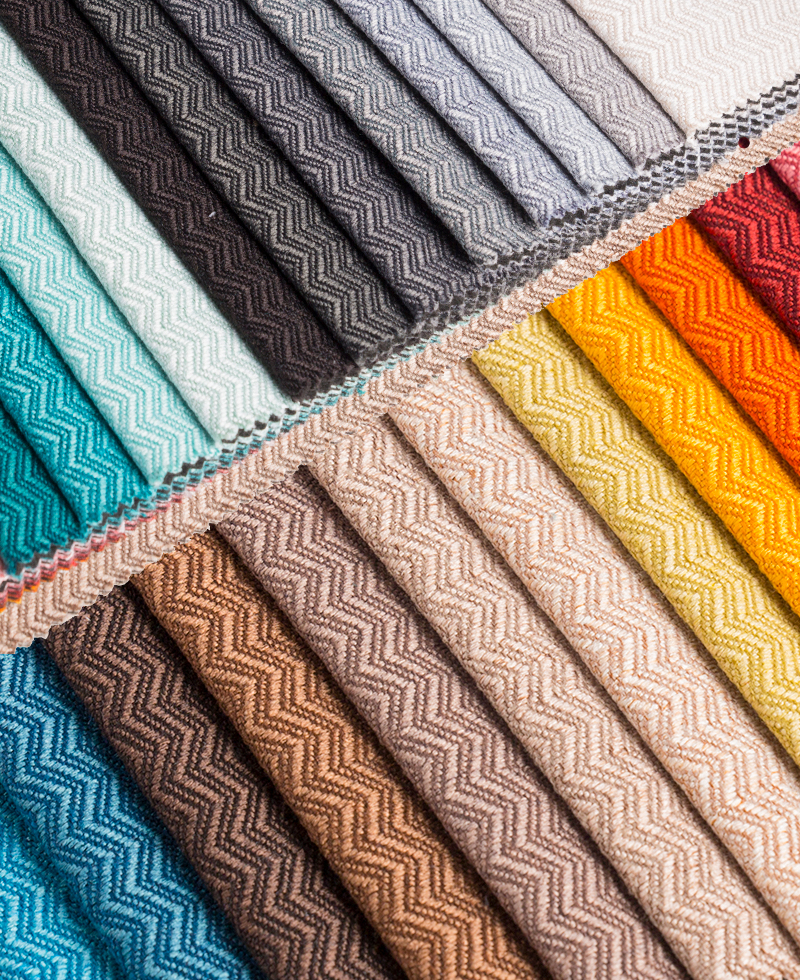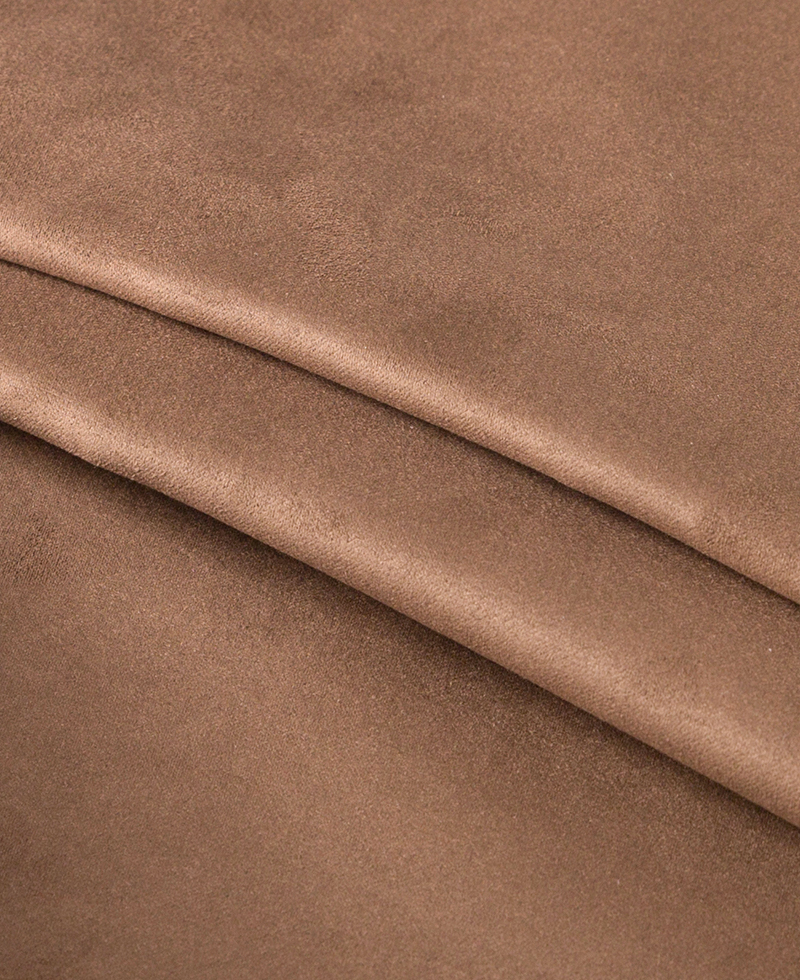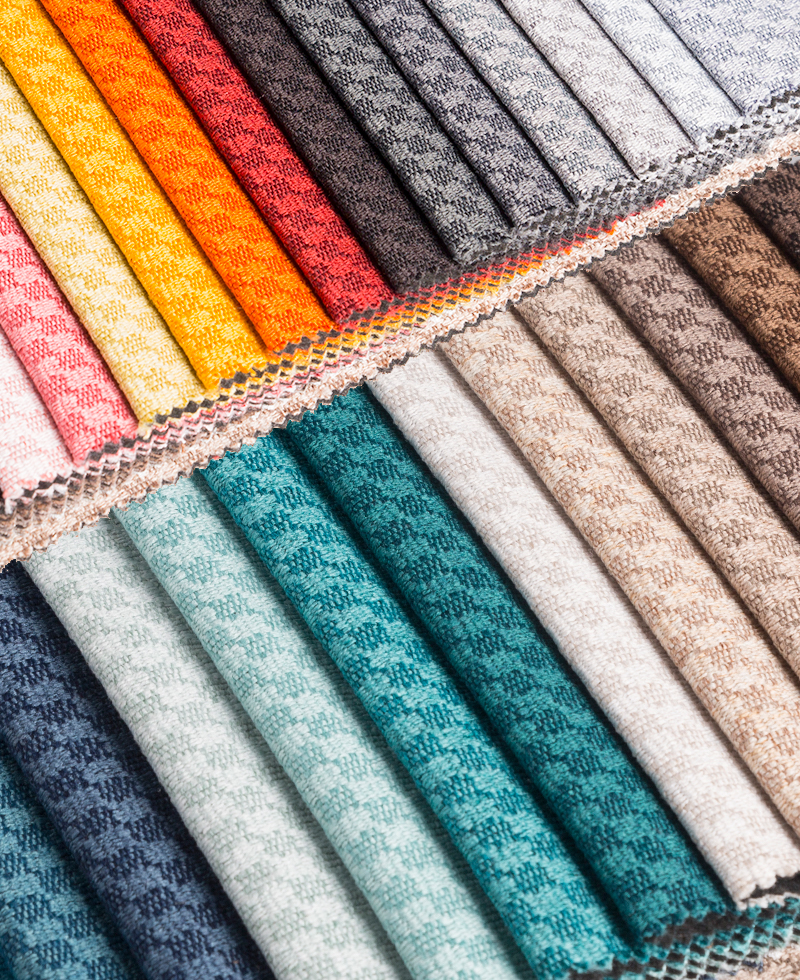Silk, another luxurious natural fiber, is highly valued for its lustrous appearance and smooth texture. Silk fabrics are known for their draping qualities and ability to create elegant, flowing garments. From silk chiffon to silk charmeuse, each variant of silk fabric brings a unique touch to the garments it adorns. Silk is often used in high-end fashion and evening wear, where its natural sheen and breathability add a touch of sophistication.
In addition to natural fibers, synthetic fibers have gained significant popularity in garment production due to their durability, wrinkle resistance, and ease of care. Polyester, for instance, is a widely used synthetic fiber known for its strength and resilience. It is often blended with other fibers to enhance garment performance, such as adding stretch to athletic wear or improving moisture-wicking properties in activewear.
Nylon is another synthetic fiber that offers exceptional strength and abrasion resistance. It is commonly used in the production of outerwear, sportswear, and swimwear due to its quick-drying properties and resistance to stretching. Nylon fabrics are also known for their ability to retain vibrant colors, making them a favorite choice for bold and eye-catching designs.
Apart from the choice of fiber, the weave and finish of a fabric also play a crucial role in its functionality and aesthetic appeal. Fabrics can be woven in different patterns, such as plain weave, satin weave, or twill weave, each imparting a distinct texture and drape to the final garment. Additionally, finishes like printing, embossing, or coating can add further visual interest and unique characteristics to the fabric.
It is worth noting that the fashion industry is continuously exploring sustainable alternatives in response to growing environmental concerns. Fabrics made from recycled materials, organic cotton, and bamboo fibers are gaining prominence as eco-friendly options. These sustainable fabrics not only minimize environmental impact but also offer comfort and style, meeting the demands of conscientious consumers.
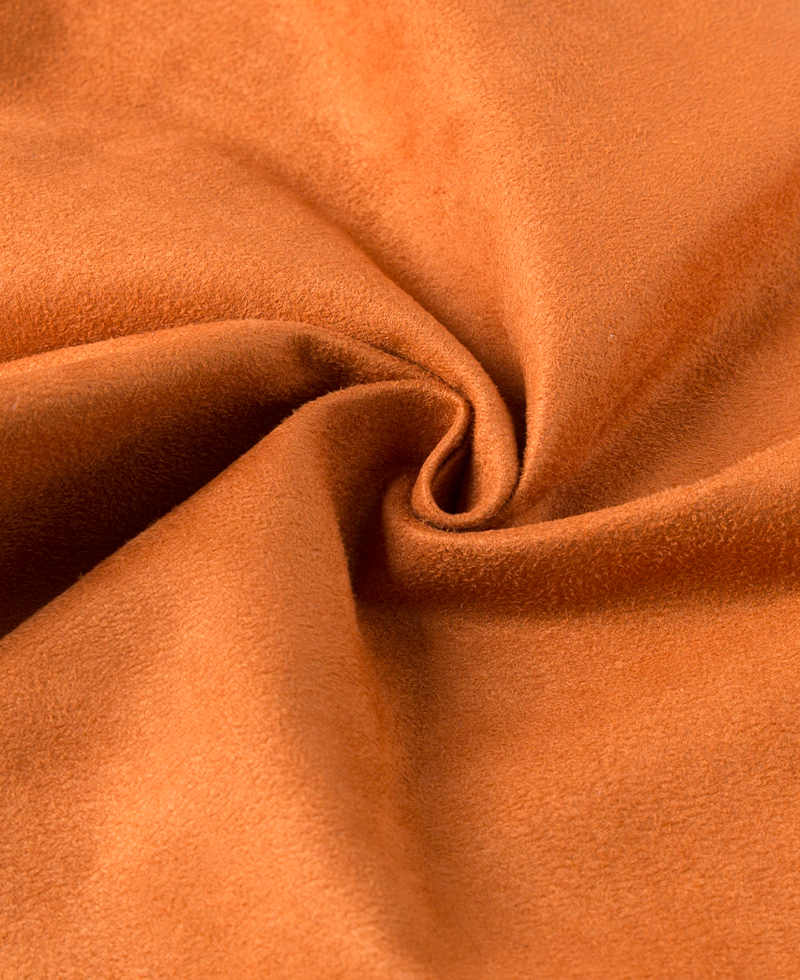

 EN
EN
 English
English Español
Español
